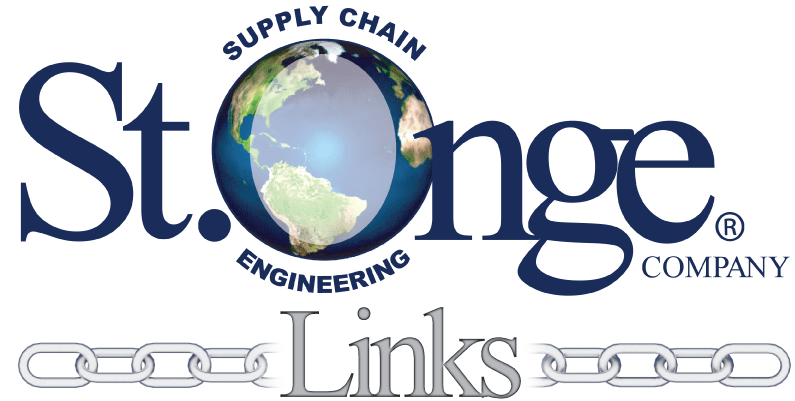 Strengthening your supply chain one link at a time.
Strengthening your supply chain one link at a time.
The Three-Year Block
Many of our clients dream about implementing automation in their distribution centers. A warehouse manager might talk to equipment vendors and find a material handling system that may seem to be perfect for their operation. There is only one problem: their capital request is rejected by the CFO because they can’t show a business case with a simple payback of less than three years.
The CFO has a difficult job since there is only limited capital available to spend on projects and everyone always feels that their need is the most important. How should the CFO spend that money to maximize benefit to the company? Should they invest capital into opening new stores? Or should they instead spend it on marketing and advertising? How about funding research and new product development? Maybe it is better to increase factory capacity or holding extra inventory to improve services levels. The CFO is typically trying to allocate funds to best grow the business and a warehouse cost savings project is often not at the top of the list.
To help manage this allocation of funds, very often large companies use an “ROI hurdle” to decide if a project should go forward or not. A few years ago, an Aberdeen survey showed that only 4% of companies were willing to take a payback of over 36 months for material handling equipment installations, and in my experience working with clients this has not changed much for most companies. Notice that I used the word “most” in that last statement. An interesting development I am seeing is that some companies we work with have been willing to take on much longer paybacks for their automation investments in the world of distribution.
Strategic Thinking
“How do they do it?”, you may ask. Well, the answer is that they turn the conversation from a tactical cost savings discussion into a strategic business enabler. Many people are starting to seriously worry about not being able to find the labor they need to continue to fulfill orders. Imagine what would happen if your company could not ship product? You would lose revenue and this would quickly get the attention of the CFO. The companies with which I have worked, who have accepted a longer payback for automation investments, often made a strategic argument about the potential of lost revenue from not shipping product to their clients.
When a topic rises to a strategic discussion within a company then very often a different set of rules apply to payback calculations. The CFO now has to seriously take an automation investment into the capital allocation discussion because if the investment is not made then there is a risk that it will be impossible to grow revenue. The argument is simple: there is no reason to invest in more factories or stores if distribution is blocked due to lack of labor to ship orders. If automation investments become a business necessity then a three-year payback discussion is often moot and does not apply anymore.
What can you do?
In my mind, I think it is still very important and valuable to calculate the typical payback of an automated system and compare this with the standard company hurdle rate. If it passes that test then there is no reason to elevate the discussion higher because most companies would invest at this point. Before making the ROI calculation, however, it is very important to first ‘clean up your act’ by making sure that you already have best in class operations in place that get the most out of your current assets, IT, and processes. You will lose credibility in the discussion if you have missed some low hanging fruit that could improve productivity, increase capacity, and reduce labor without the automation investments.
The next thing to do is really make sure that labor will not be available in your area. Talk to temp agencies, your HR department, and study local demographics. Is the labor shortage discussion a real one or is it just difficult but not impossible to find people? Here is a good thought experiment: how much would you need to increase warehouse employee pay to ensure that you get enough people? Put this number in your ROI calculation and see what happens. Maybe the argument should not be for automation but rather for higher pay or better benefits for your employees.
Finally, once you have leaned out your operation, proven that the labor shortage is real, and found an automated solution that works for you, then calculate the number of orders per day you won’t be able to ship in the future without it. Now you are well armed to have a strategic discussion with the CFO about why the three-year hurdle should not apply anymore and that distribution operations needs a prime seat at the capital allocation table. Good luck!
—Tom Bonkenburg, St. Onge Company